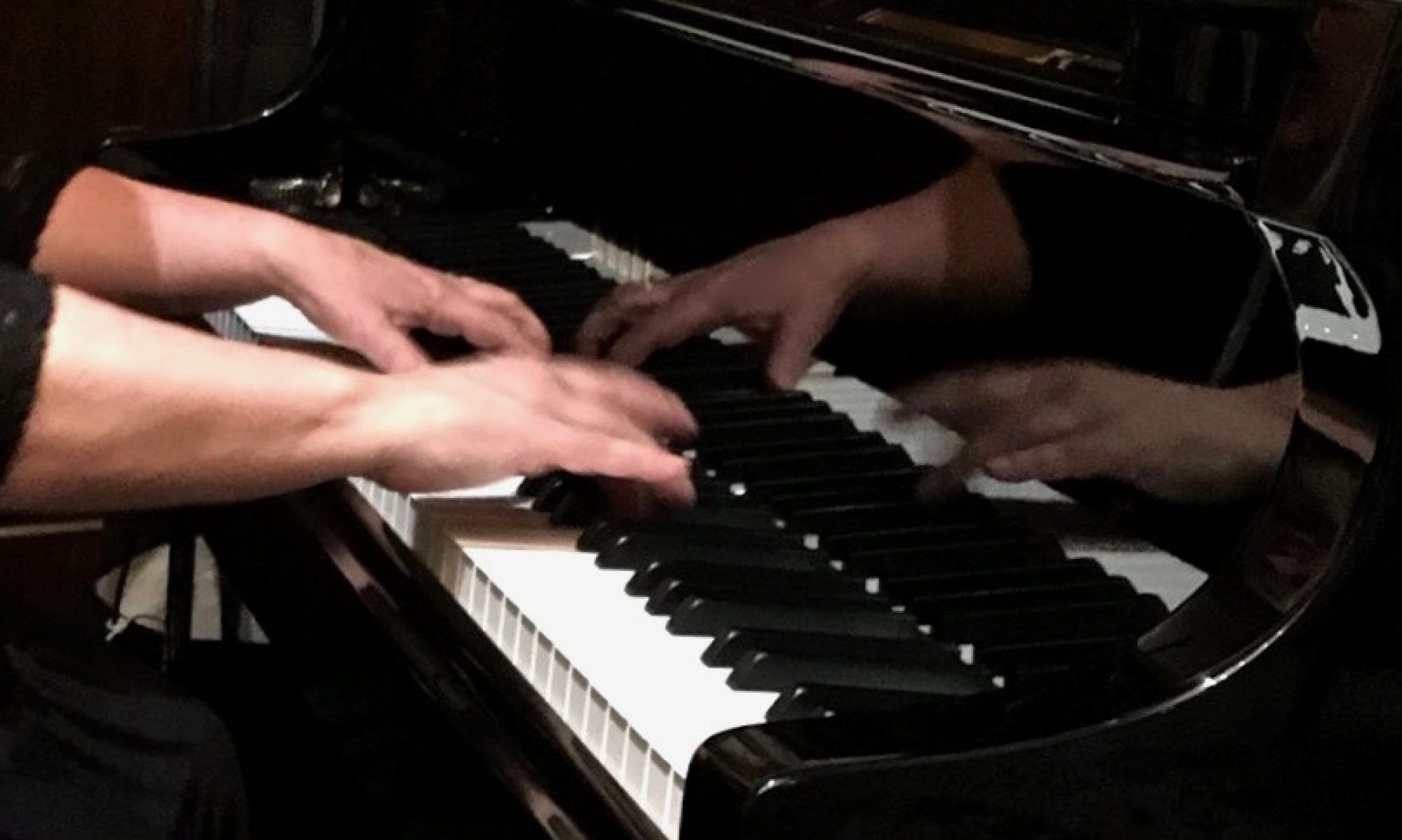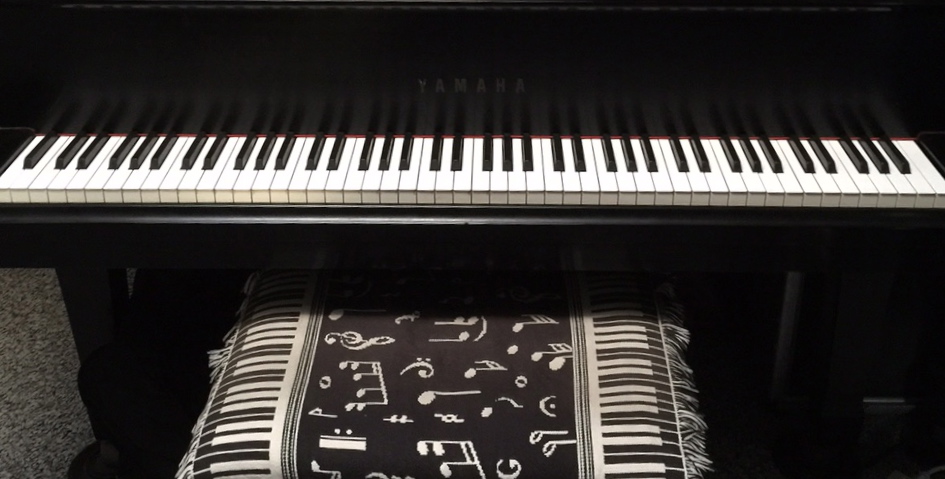Fun Fact: The gorgeous Duke Ellington composition In A Sentimental Mood begins with an ascending melody formed from a pentatonic scale. These same pickup notes (F, G, A, C, D, F, G) could also lead into the Gershwin classic Someone To Watch Over Me, but would land on another starting chord and go into a whole different tune altogether. (See Idea #29 “Chromatic Pickups”, notated on page 44 of my book Amazing Phrasing-Keyboard, found here): https://www.amazon.com/author/debbiedenkemusic Continue reading “In A Sentimental Mood: Ways To Harmonize”
Music Game #2: Happy Memories Retirement Home (Playtime for Piano Teacher & Student)
Are you ready to play The “Home” Game? Truth be told, many music students, hobbyists, and professionals bring on the smiles playing for audiences in retirement homes. The power of music can be both healing and comforting. Famous singer Tony Bennett has been in the news of late as we witness him suffering Alzheimers disease, yet to see his face light up as he sings with amazing recall is incredibly inspiring. Aspiring musicians of all ages can test drive their upcoming concert material in front of receptive senior audiences. Teen piano students get not only performance experience, but may earn high school community service credit by playing in retirement homes. Continue reading “Music Game #2: Happy Memories Retirement Home (Playtime for Piano Teacher & Student)”
3 Easy Tips: Playing With Minor Chords
Bored with that minor chord? Don’t be! Making music in minor keys can be quite exhilarating with these 3 fun and easy tips. All you need is a bit of time to move around on a minor chord – then you can add colorful sounds to your arrangement.
The next 3 videos explain everything to start exploring the ideas. Apply the following tips to a tune of your choice in a minor key, or choose a piece which has a minor chord lasting 2 bars or longer. You may also elect to work on the many song suggestions demonstrated in the body of these tutorial videos: Continue reading “3 Easy Tips: Playing With Minor Chords”
An Experiment With ‘Rhythm Changes’ (Skeletons Dance at Midnight)
Ever wonder what would happen if you took Rhythm Changes and put them in a minor key? You just might get a spooky October surprise!
First, let’s define “Rhythm Changes“. (It has nothing to do with a rhythm changing or any meaning close to that. This jazz musician term is simply a shortening of the phrase, ‘Play the same chords (aka the changes) that George & Ira Gershwin used for their popular tune, I Got Rhythm’. Knowing how to improvise over Rhythm Changes (especially in the key of Bb), is an expected part of every jazz musician’s repertoire, next in line after being able to improvise over the 12 bar blues form. Continue reading “An Experiment With ‘Rhythm Changes’ (Skeletons Dance at Midnight)”
What’s Your Name For This Familiar Melody?
I almost called it “Testing Out A Gooseneck Cell Phone Holder For The Purpose of Showing a Bird’s Eye View For Clearer Teaching of Online Students And Improved Filming Of Piano Tutorials”, but decided to call my 58 second experiment instead, Name This Tune… Continue reading “What’s Your Name For This Familiar Melody?”





